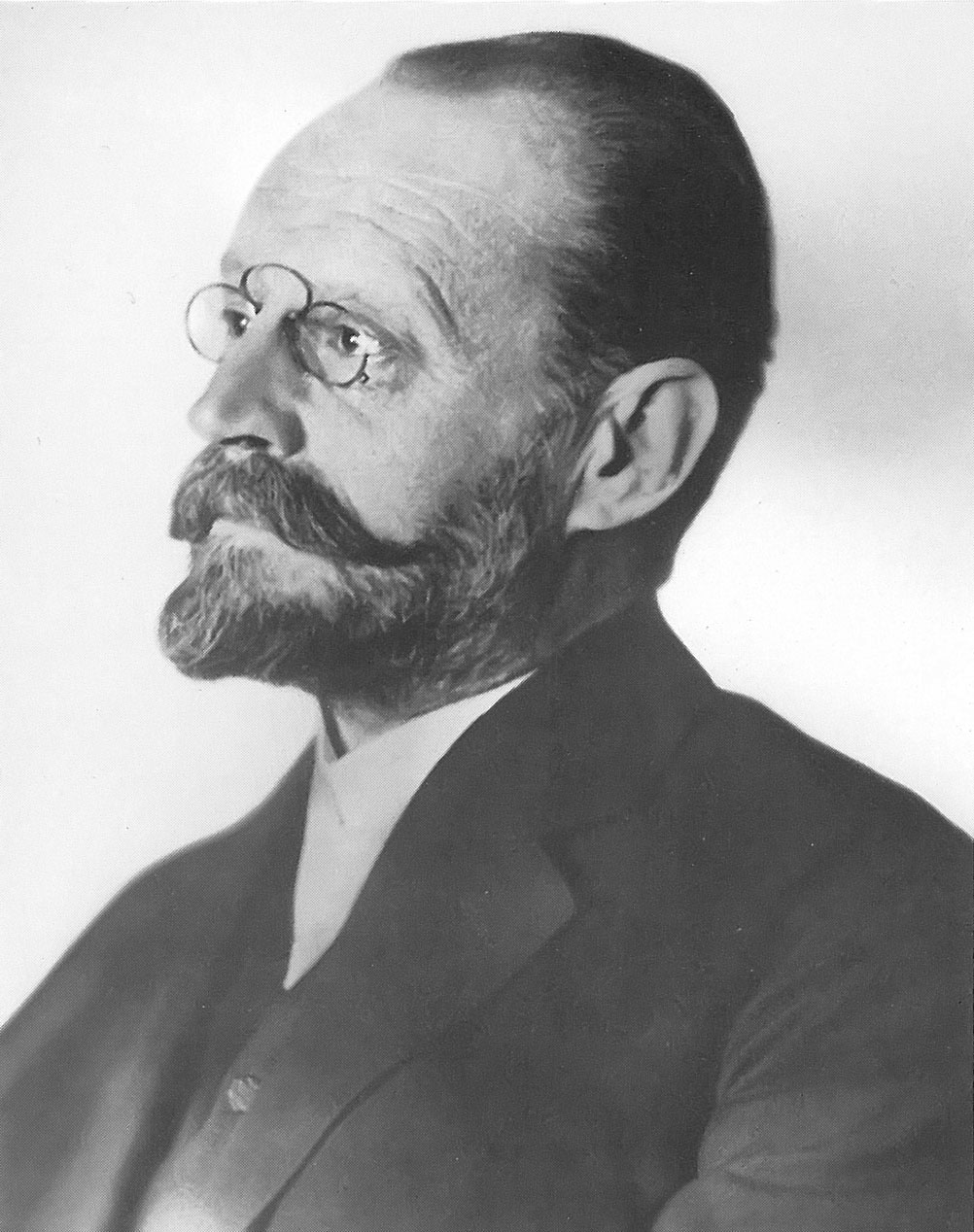|
Strontium Aluminate
Strontium aluminate is an aluminate compound with the chemical formula (sometimes written as ). It is a pale yellow, monoclinic crystalline powder that is odourless and non-flammable. When activated with a suitable dopant (e.g. europium, written as ), it acts as a photoluminescent phosphor with long persistence of phosphorescence. Strontium aluminates exist in a variety of other compositions including (monoclinic), (cubic), (hexagonal), and (orthorhombic). The different compositions cause different colours of light to be emitted. History Phosphorescent materials were discovered in the 1700s, and people have been studying them and making improvements over the centuries. The development of strontium aluminate pigments in 1993 was spurred on by the need to find a substitute for glow-in-the-dark materials with high luminance and long phosphorescence, especially those that used promethium. This led to the discovery by Yasumitsu Aoki (Nemoto & Co.) of materials with luminance appr ... [...More Info...] [...Related Items...] OR: [Wikipedia] [Google] [Baidu] |
Aluminate
In chemistry, an aluminate is a compound containing an oxyanion of aluminium, such as sodium aluminate. In the naming of inorganic compounds, it is a suffix that indicates a polyatomic anion with a central aluminium atom. Aluminate oxyanions Aluminium oxide (alumina) is amphoteric: it dissolves in both bases and acids. When dissolved in bases it forms hydroxyaluminate ions in the same way as aluminium hydroxide or aluminium salts. The hydroxyaluminate or hydrated aluminate can be precipitated and then calcined to produce anhydrous aluminates. Aluminates are often formulated as a combination of basic oxide and aluminium oxide, for example the formula of anhydrous sodium aluminate NaAlO2 would be shown as Na2O·Al2O3. A number of aluminate oxyanions are known: * The simplest is the approximately tetrahedral found in the compound Na5AlO4, * framework ions in anhydrous sodium aluminate NaAlO2 and monocalcium aluminate, CaAl2O4 made up of corner-sharing tetrahedra. * A ring ... [...More Info...] [...Related Items...] OR: [Wikipedia] [Google] [Baidu] |
Covalent
A covalent bond is a chemical bond that involves the sharing of electrons to form electron pairs between atoms. These electron pairs are known as shared pairs or bonding pairs. The stable balance of attractive and repulsive forces between atoms, when they share electrons, is known as covalent bonding. For many molecules, the sharing of electrons allows each atom to attain the equivalent of a full valence shell, corresponding to a stable electronic configuration. In organic chemistry, covalent bonding is much more common than ionic bonding. Covalent bonding also includes many kinds of interactions, including σ-bonding, π-bonding, metal-to-metal bonding, agostic interactions, bent bonds, three-center two-electron bonds and three-center four-electron bonds. The term "covalence" was introduced by Irving Langmuir in 1919, with Nevil Sidgwick using "co-valent link" in the 1920s. Merriam-Webster dates the specific phrase ''covalent bond'' to 1939, recognizing its first known ... [...More Info...] [...Related Items...] OR: [Wikipedia] [Google] [Baidu] |
Stoichiometry
Stoichiometry () is the relationships between the masses of reactants and Product (chemistry), products before, during, and following chemical reactions. Stoichiometry is based on the law of conservation of mass; the total mass of reactants must equal the total mass of products, so the relationship between reactants and products must form a ratio of positive integers. This means that if the amounts of the separate reactants are known, then the amount of the product can be calculated. Conversely, if one reactant has a known quantity and the quantity of the products can be empirically determined, then the amount of the other reactants can also be calculated. This is illustrated in the image here, where the unbalanced equation is: : : However, the current equation is imbalanced. The reactants have 4 hydrogen and 2 oxygen atoms, while the product has 2 hydrogen and 3 oxygen. To balance the hydrogen, a coefficient of 2 is added to the product H2O, and to fix the imbalance of oxygen, ... [...More Info...] [...Related Items...] OR: [Wikipedia] [Google] [Baidu] |
Crystal Structure
In crystallography, crystal structure is a description of ordered arrangement of atoms, ions, or molecules in a crystalline material. Ordered structures occur from intrinsic nature of constituent particles to form symmetric patterns that repeat along the principal directions of three-dimensional space in matter. The smallest group of particles in a material that constitutes this repeating pattern is the unit cell of the structure. The unit cell completely reflects the symmetry and structure of the entire crystal, which is built up by repetitive translation of the unit cell along its principal axes. The translation vectors define the nodes of the Bravais lattice. The lengths of principal axes/edges, of the unit cell and angles between them are lattice constants, also called ''lattice parameters'' or ''cell parameters''. The symmetry properties of a crystal are described by the concept of space groups. All possible symmetric arrangements of particles in three-dimensional space ... [...More Info...] [...Related Items...] OR: [Wikipedia] [Google] [Baidu] |
Quantum Efficiency
The term quantum efficiency (QE) may apply to incident photon to converted electron (IPCE) ratio of a photosensitive device, or it may refer to the TMR effect of a magnetic tunnel junction. This article deals with the term as a measurement of a device's electrical sensitivity to light. In a charge-coupled device (CCD) or other photodetector, it is the ratio between the number of charge carriers collected at either terminal and the number of photons hitting the device's photoreactive surface. As a ratio, QE is dimensionless, but it is closely related to the responsivity, which is expressed in amps per watt. Since the energy of a photon is inversely proportional to its wavelength, QE is often measured over a range of different wavelengths to characterize a device's efficiency at each photon energy level. For typical semiconductor photodetectors, QE drops to zero for photons whose energy is below the band gap. A photographic film typically has a QE of much less than 10%, while CCD ... [...More Info...] [...Related Items...] OR: [Wikipedia] [Google] [Baidu] |
Active Laser Medium
The active laser medium (also called a gain medium or lasing medium) is the source of optical gain within a laser. The gain results from the stimulated emission of photons through electronic or molecular transitions to a lower energy state from a higher energy state previously populated by a pump source. Examples of active laser media include: * Certain crystals, typically doped with rare-earth ions (e.g. neodymium, ytterbium, or erbium) or transition metal ions (titanium or chromium); most often yttrium aluminium garnet ( Y3 Al5 O12), yttrium orthovanadate (YVO4), or sapphire (Al2O3); and not often caesium cadmium bromide ( Cs Cd Br3) (solid-state lasers) * Glasses, e.g. silicate or phosphate glasses, doped with laser-active ions; * Gases, e.g. mixtures of helium and neon (HeNe), nitrogen, argon, krypton, carbon monoxide, carbon dioxide, or metal vapors; ( gas lasers) * Semiconductors, e.g. gallium arsenide (GaAs), indium gallium arsenide (InGaAs), or gallium nitride (GaN ... [...More Info...] [...Related Items...] OR: [Wikipedia] [Google] [Baidu] |
Neodymium
Neodymium is a chemical element; it has Symbol (chemistry), symbol Nd and atomic number 60. It is the fourth member of the lanthanide series and is considered to be one of the rare-earth element, rare-earth metals. It is a hard (physics), hard, slightly malleable, silvery metal that quickly tarnishes in air and moisture. When oxidized, neodymium reacts quickly producing pink, purple/blue and yellow compounds in the +2, +3 and +4 oxidation states. It is generally regarded as having one of the most complex emission spectrum, spectra of the elements. Neodymium was discovered in 1885 by the Austrian chemist Carl Auer von Welsbach, who also discovered praseodymium. Neodymium is present in significant quantities in the minerals monazite and bastnäsite. Neodymium is not found naturally in metallic form or unmixed with other lanthanides, and it is usually refined for general use. Neodymium is fairly common—about as common as cobalt, nickel, or copper—and is Abundance of elements in Eart ... [...More Info...] [...Related Items...] OR: [Wikipedia] [Google] [Baidu] |
Praseodymium
Praseodymium is a chemical element; it has symbol Pr and atomic number 59. It is the third member of the lanthanide series and is considered one of the rare-earth metals. It is a soft, silvery, malleable and ductile metal, valued for its magnetic, electrical, chemical, and optical properties. It is too reactive to be found in native form, and pure praseodymium metal slowly develops a green oxide coating when exposed to air. Praseodymium always occurs naturally together with the other rare-earth metals. It is the sixth-most abundant rare-earth element and fourth-most abundant lanthanide, making up 9.1 parts per million of the Earth's crust, an abundance similar to that of boron. In 1841, Swedish chemist Carl Gustav Mosander extracted a rare-earth oxide residue he called didymium from a residue he called "lanthana", in turn separated from cerium salts. In 1885, the Austrian chemist Carl Auer von Welsbach separated didymium into two elements that gave salts of different colours, ... [...More Info...] [...Related Items...] OR: [Wikipedia] [Google] [Baidu] |
Plasma Display
A plasma display panel is a type of flat-panel display that uses small cells containing Plasma (physics), plasma: Ionization, ionized gas that responds to electric fields. Plasma televisions were the first large (over diagonal) flat-panel displays to be released to the public. Until about 2007, plasma displays were commonly used in large televisions. By 2013, they had lost nearly all market share due to competition from low-cost liquid-crystal displays (LCDs). Manufacturing of plasma displays for the United States retail market ended in 2014, and manufacturing for the Chinese market ended in 2016. Plasma displays are obsolete, having been superseded in most if not all aspects by OLED displays. Competing display technologies include cathode-ray tube (CRT), organic light-emitting diode (OLED), CRT projectors, AMLCD, digital light processing (DLP), SED-tv, LED display, field emission display (FED), and quantum dot display (QLED). History Early development Kálmán Tihanyi, ... [...More Info...] [...Related Items...] OR: [Wikipedia] [Google] [Baidu] |
Molten Salt
Molten salt is salt which is solid at standard temperature and pressure but liquified due to elevated temperature. A salt that is liquid even at standard temperature and pressure is usually called a room-temperature ionic liquid, and molten salts are technically a class of ionic liquids. Examples As a reference, molten sodium chloride, table salt has a melting point (m.p.) of . A variety of eutectic mixtures have been developed with lower melting points: Chlorides *Lithium chloride and potassium chloride, m.p. . Nitrates Alkali metal nitrates are relatively low melting and thermally stable. The least stable, (m.p. ) decomposes only at . At the other extreme, cesium nitrate melts at and decomposes at 584 °C. *60:40 mixture of sodium nitrate and potassium nitrate is a liquid between . It has a heat of fusion of 161 J/g, and a heat capacity of 1.53 J/(g·K). *1:1 mixture :, m.p. . *40:7:53 ::, m. p. , stable to . Uses Molten salts have a variety of uses. Production of magnes ... [...More Info...] [...Related Items...] OR: [Wikipedia] [Google] [Baidu] |






